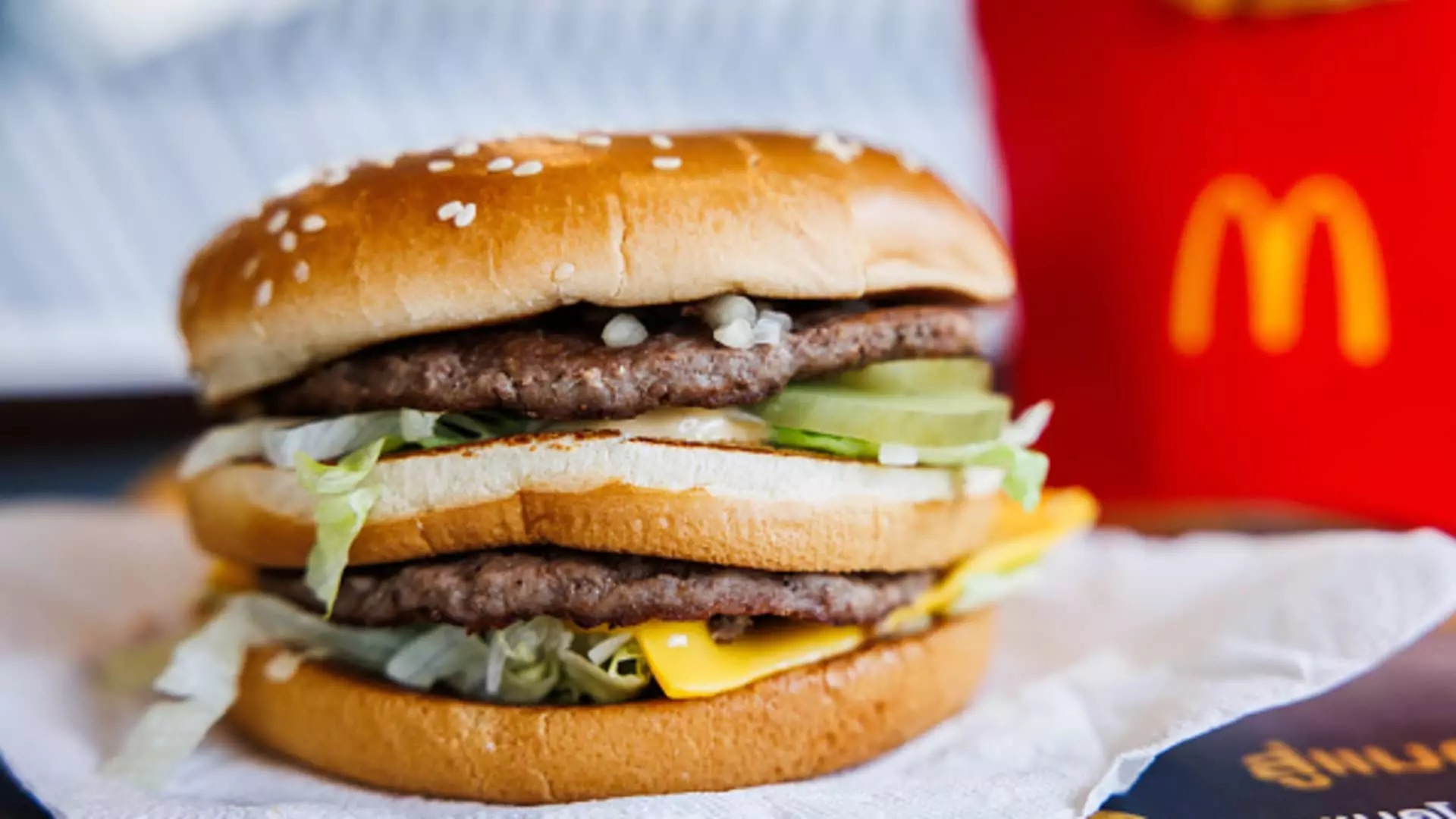McDonald’s executives have recently come to terms with the fact that consumers perceive their prices as too high, especially lower-income individuals who are feeling the effects of prolonged inflation. This acknowledgment was made during the company’s second-quarter earnings call, where executives admitted that there is a need to review their pricing strategy and focus on creating more value for their customers. As same-store sales continue to decline across all divisions, it is evident that the issue of pricing is having a significant impact on consumer behavior.
CEO Chris Kempczinski highlighted the need for a “forensic approach” to evaluating prices in order to bridge the gap in perceived value between McDonald’s and its competitors. While the company is still considered a value leader, it is clear that this position has weakened recently. Consumers are now more hesitant to make purchases due to the higher prices, leading to a decline in overall sales. This trend is not limited to the U.S. market but is also being observed globally, particularly among families in European markets.
The current economic landscape, characterized by rising prices and increased cost of living, is causing consumers to feel the financial strain. As a result, fast-food chains like McDonald’s are finding it challenging to attract lower-income diners who are cutting back on their spending. In response to this ongoing issue, McDonald’s is looking to adjust its pricing and promotional strategies to adapt to the changing consumer preferences and economic conditions.
One of the strategies implemented by McDonald’s to address the pricing concerns of consumers was the introduction of a $5 value meal offering. The initiative proved to be successful in bringing customers back to their restaurants, with a significant increase in visits and positive feedback from franchisees. The $5 meal deal was particularly popular among lower-income consumers, improving brand perceptions around affordability.
While the $5 value meal promotion was able to drive guest count growth, translating this increase in foot traffic into actual sales remains a challenge for McDonald’s. The company is aware of the importance of maintaining its competitive edge in the market by offering value to customers. However, there is still work to be done in terms of converting this value perception into sustainable revenue growth.
McDonald’s pricing strategy plays a crucial role in shaping consumer behavior and driving sales. By recognizing the challenges posed by high prices and economic uncertainties, the company is taking steps to realign its pricing structure and promotional efforts to meet the evolving needs of its customers. As the competitive landscape continues to evolve, it will be essential for McDonald’s to remain agile and responsive to consumer preferences to maintain its position as a market leader in the fast-food industry.

